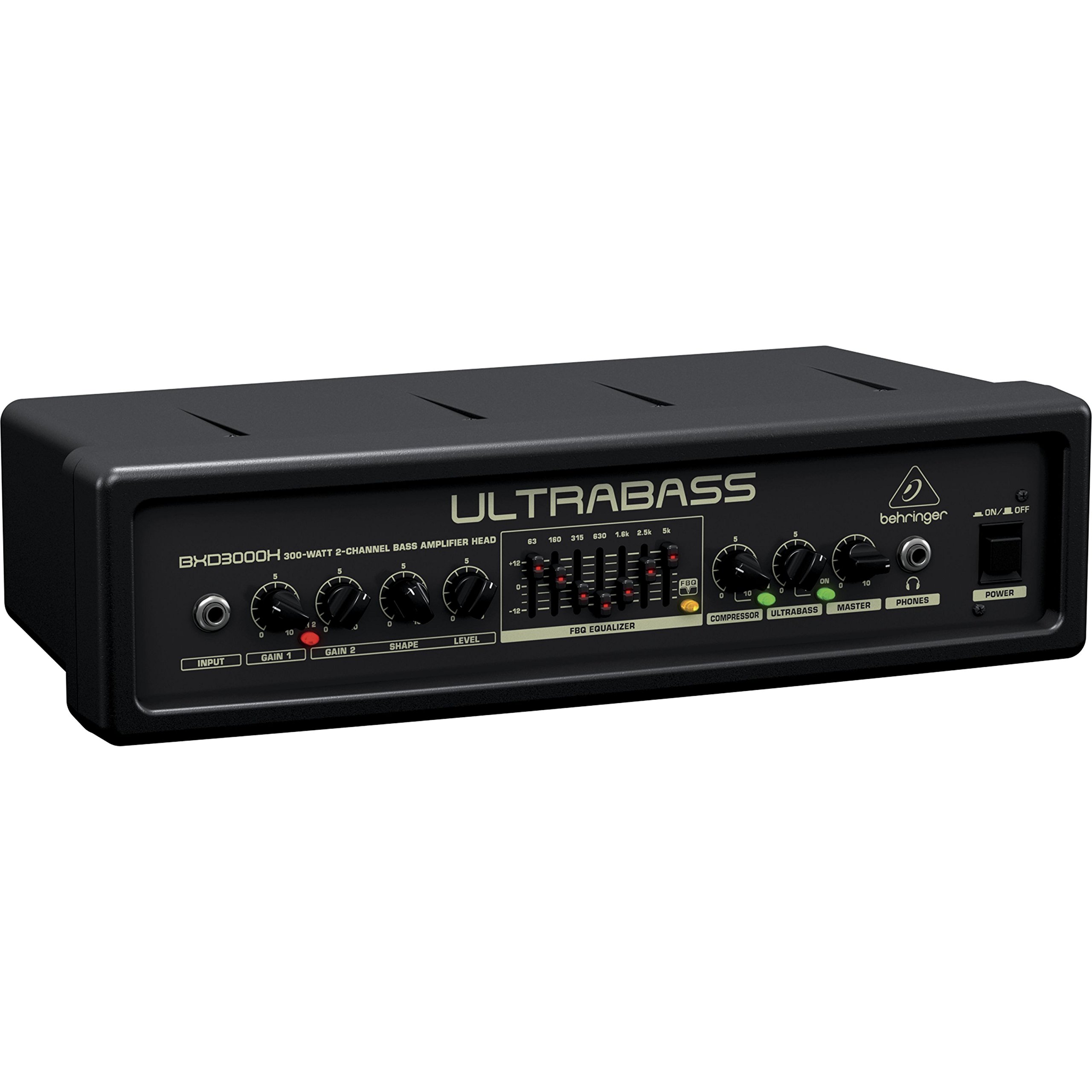Customer Services
Copyright © 2025 Desertcart Holdings Limited
Desert Online General Trading LLC
Dubai, United Arab Emirates



🎸 Power, precision, and portability—unleash your bass beast!
The Behringer ULTRABASS BXD3000H is a 300-watt, ultra-lightweight 2-channel bass amplifier head featuring revolutionary Class-D technology, a built-in FBQ spectrum analyzer, Ultrabass processor, and compressor. Designed for professional bassists seeking powerful, versatile sound in a compact form factor, it offers dedicated clean and distortion channels with precise gain and tone controls, all packed into a sleek 3.5 kg chassis.
| Power Source | Corded Electric |
| Output Channel Quantity | 2 |
| Amplifier Type | Solid State |
| Connector Type | XLR |
| Number of Bands | 7 |
| Compatible Devices | Double Bass |
| Output Wattage | 300 |
| Item Weight | 3.5 Kilograms |
| Item Dimensions D x W x H | 8.86"D x 17.72"W x 4.61"H |
| Color | Black |
Trustpilot
1 week ago
4 days ago